Energy
PDO to invest $600mn in world’s largest solar EOR plant

Petroleum Development Oman (PDO) and GlassPoint Solar are going to build the world’s largest solar EOR plant. Speaking about the project, Raoul Restucci, managing director, PDO said, “The world’s largest solar EOR project will deliver 1021MW (1GW) of peak thermal energy. This fantastic project is called ‘Miraah’, the Arabic word for mirror. With an investment of $600mn, Miraah will be a showpiece of sustainability in action.”
The project is owned by PDO and GlassPoint will be the technology provider and engineering, procurement and construction (EPC) provider. Rod MacGregor, president and CEO, GlassPoint Solar informed, “To put it simply, we will harness the sun’s rays to produce steam. The steam will be used in thermal EOR to extract heavy and viscous oil at the Amal field. This project follows the successful solar steam generation pilot going on at Amal for the last two years.”
As per the information provided by PDO and Glasspoint, Miraah will be one of the largest solar plants in world. Miraah will use concentrating sunlight to generate 6,000 tonnes of solar steam each day. The steam will feed directly to PDO’s existing thermal EOR operations, providing a substantial portion of the steam required at the Amal oilfield in Southern Oman.
Miraah will save 5.6 trillion Btus of natural gas each year, which can be used for higher value uses in Oman boosting economic growth. The mega project dwarfs all previous solar EOR installations and is more than 100 times larger than the pilot project built by GlassPoint for PDO in 2012. The full-scale project will comprise 36 glasshouses. When completed, the total project area, including supporting infrastructure, will span three square kilometres, an area equivalent to about 360 football pitches. The project will break ground in late 2015 with steam generation from the first glasshouse module projected to begin in 2017.
By using solar instead of burning gas to make steam, Miraah will reduce CO2 emissions by more than 300,000 tonnes each year. These carbon savings are equivalent of taking 63,000 cars off the road.
According to the National Centre of Statistics and Information (NCSI), gas used at Oman’s oilfields account for more than 20 per cent of the country’s total gas use, with fuel for EOR representing a significant portion of that. This will continue to increase as EOR expands to contribute a third of the country’s crude oil production by 2020. At the same time, more gas is needed for power generation, desalination and industrial development.
By using solar to generate steam, Oman can save up to 80 per cent of the gas currently used for EOR. The gas saved can be exported as LNG, boosting Oman’s export revenue, or as power and feedstock for new factories, generating jobs and diversifying the local economy.
On the In Country Value (ICV) benefits, the press statement issued jointly by PDO and GlassPoint stated that the project will generate new jobs in engineering, construction, operations and administration. The plan is to localise as much as of the supply chain as possible and work with partners to potentially establish a local manufacturing facility. Ultimately, much of the economic impact will come from future supply chain development and redirecting gas to other sectors.
On the issue of feasibility of the project under the current low oil price environment, the press statement clarified, ‘PDO’s production strategy remains unchanged. Our oil and gas projects deliver returns even at lower oil prices. The Amal EOR field development project is economically attractive and robust. The adoption of solar competes well with gas and enables us to conserve precious gas resources for deployment to other strategic and high-value industry sectors, while generating significant ICV in terms of technology development, manufacturing and employment.’
-
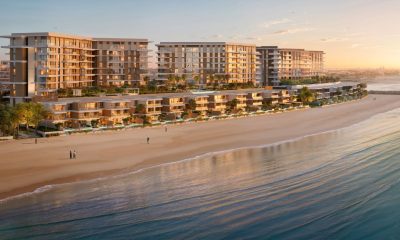
 Real Estate2 months ago
Real Estate2 months agoAl Mouj Muscat Unveils Azura Beach Residences Phase 2: A New Chapter in Waterfront Living
-
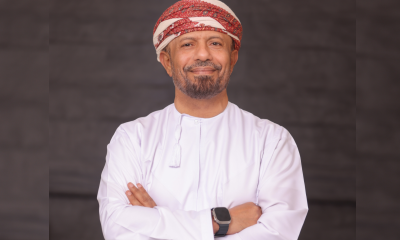
 Leaders Speak1 month ago
Leaders Speak1 month agoDhofar International Development and Investment Company: Driving Sustainable Growth and Strategic Synergies in Oman’s Investment Landscape
-
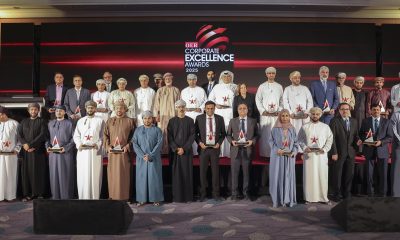
 Events1 month ago
Events1 month agoOER Corporate Excellence Awards 2025 Honours Entities and Innovations in Oman
-

 Economy1 month ago
Economy1 month agoMaal Card: What Oman’s New National Payment Card Means for Everyday Users
-
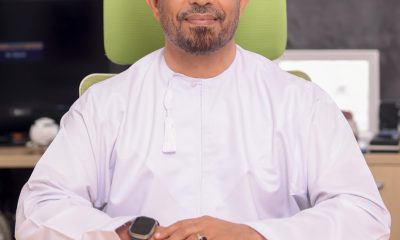
 OER Magazines2 months ago
OER Magazines2 months agoOER, October 25
-
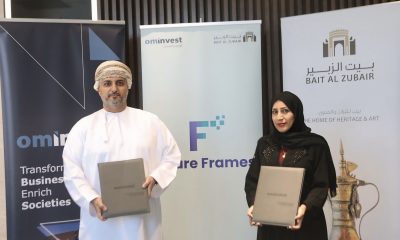
 Arts and Culture2 months ago
Arts and Culture2 months agoOminvest and Bait Al Zubair Launch “Future Frames” to Empower Youth through Art and AI
-

 Entertainment2 months ago
Entertainment2 months agoWhere Heritage Meets Haute Couture: Al Sadaa Haute Couture Transforms the Sultanate’s Fashion Scene
-
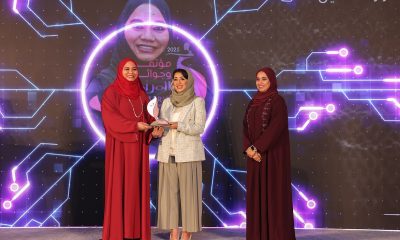
 News2 months ago
News2 months agoMs. Noor Saldin, Founder of Modern Generation International School, Wins Woman of the Year 2025; School Honored for Empowering Future Female Leaders































You must be logged in to post a comment Login